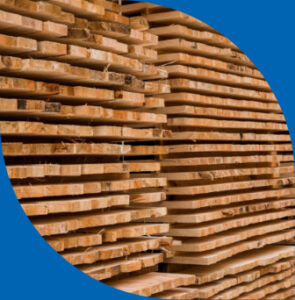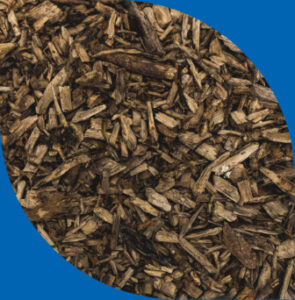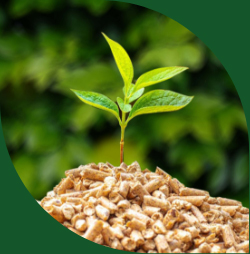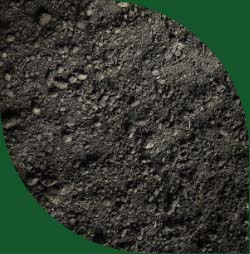Biochar Production
Biochar created by Sweetman offers an innovative solution to eliminating carbon waste while benefitting the local economy.
The use of wood waste for production will mitigate forest fire risk, eliminate needless landfill waste and contribute to the environmental health of the region. Additionally, the creation of a profit stream from previously unused waste will encourage other sawmill facilities in Australia to initiate similar programs. Sweetman Renewables is proving that timber operations can remain profitable while contributing to the decarbonization of Australia.
What is Biochar?
Biochar is created through a procedure known as pyrolysis.
This process occurs when an organic feedstock (i.e. wood waste or other biowaste) is slowly heated in an atmosphere without oxygen, resulting in the creation of a charcoal like material. This substance is composed of around 70% carbon, enabling a wide range of applications that can lead to the overall decarbonization of multiple industries.
Biochar has undergone rigorous testing to determine its viability for carbon mitigation. These tests have also analyzed potential health risks and hazards associated with its use. The Australian Department of Agriculture, Water and the Environment researched the matter, concluding that the substance is both safe for wide-spread use while also being capable of greatly improving soil health for the agricultural industry.

Step 1
Wood waste is gathered after timber processing

Step 2
Wood chips are incinerated without oxygen inside the pyrolysis apparatus

Step 3
Newly processed biochar is collected and prepared for use

Step 4
Biochar is used by multiple industries, with a particular benefit for agriculture
Environemental benefits
Biochar presents a unique opportunity to reduce the carbon footprint of multiple industries simultaneously.
Processing harvested trees leaves behind a large quantity of wood waste in the form of chips and shavings. These residues are often left to rot on the forest floor, shipped to landfills or are incinerated purely for disposal. The use of these wood residues as feedstock for pyrolysis greatly reduces operational waste while creating a valuable resource.Multiple industries can reduce their carbon emissions by utilizing biochar. A key example is seen with agriculture, where biochar is typically burried in fields to increase soil fertility. The 2012 National Biochar Initiative predicted that burrying the material will both increase local crop yields while simultaneously providing a safe place to sequester carbon from the timber industry. The adoption of biochar can also lead to a reduction in the amount of synthetic-fertilizer needed for growing operations, reducing harmful chemical runoffs and further protecting the local environment.









